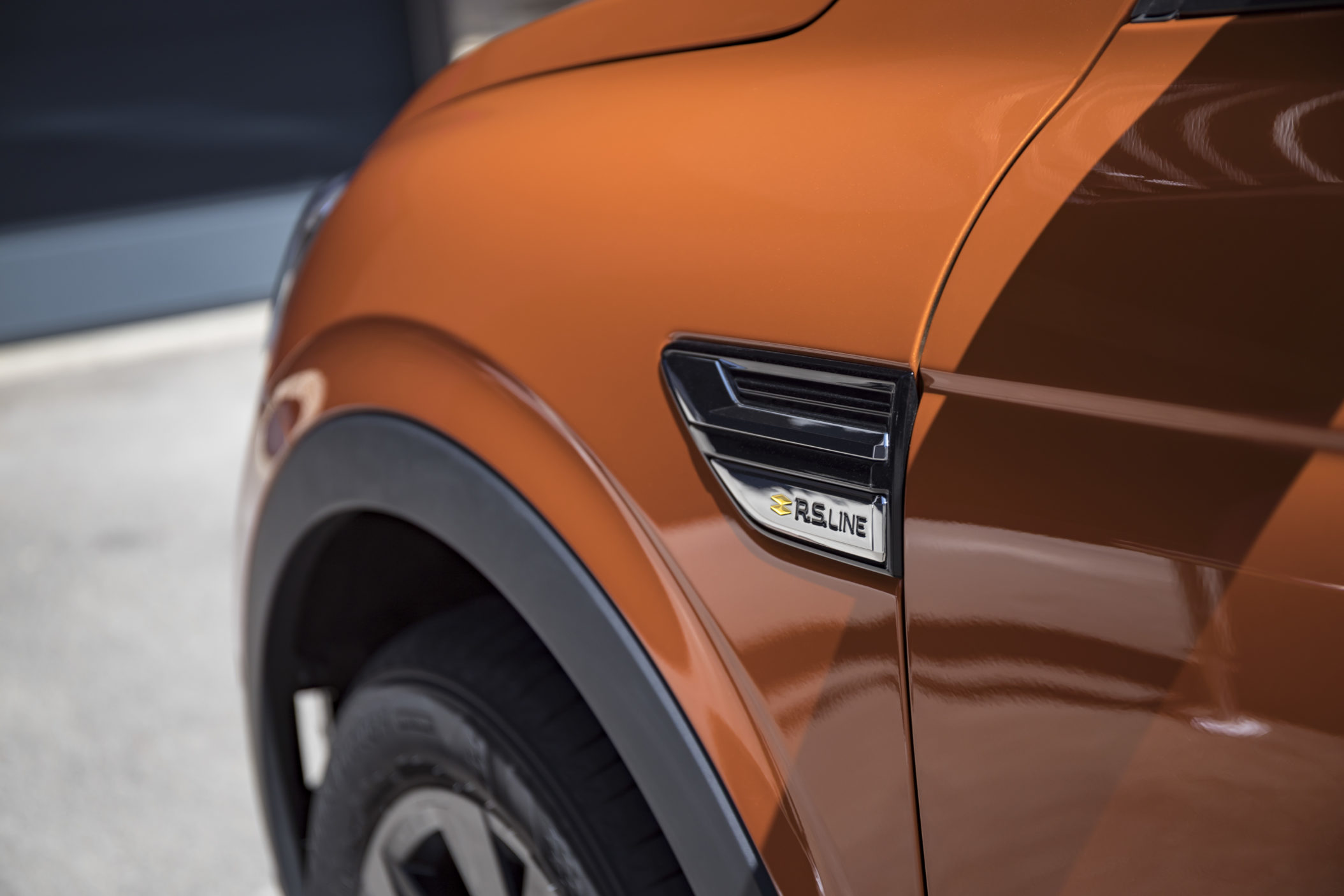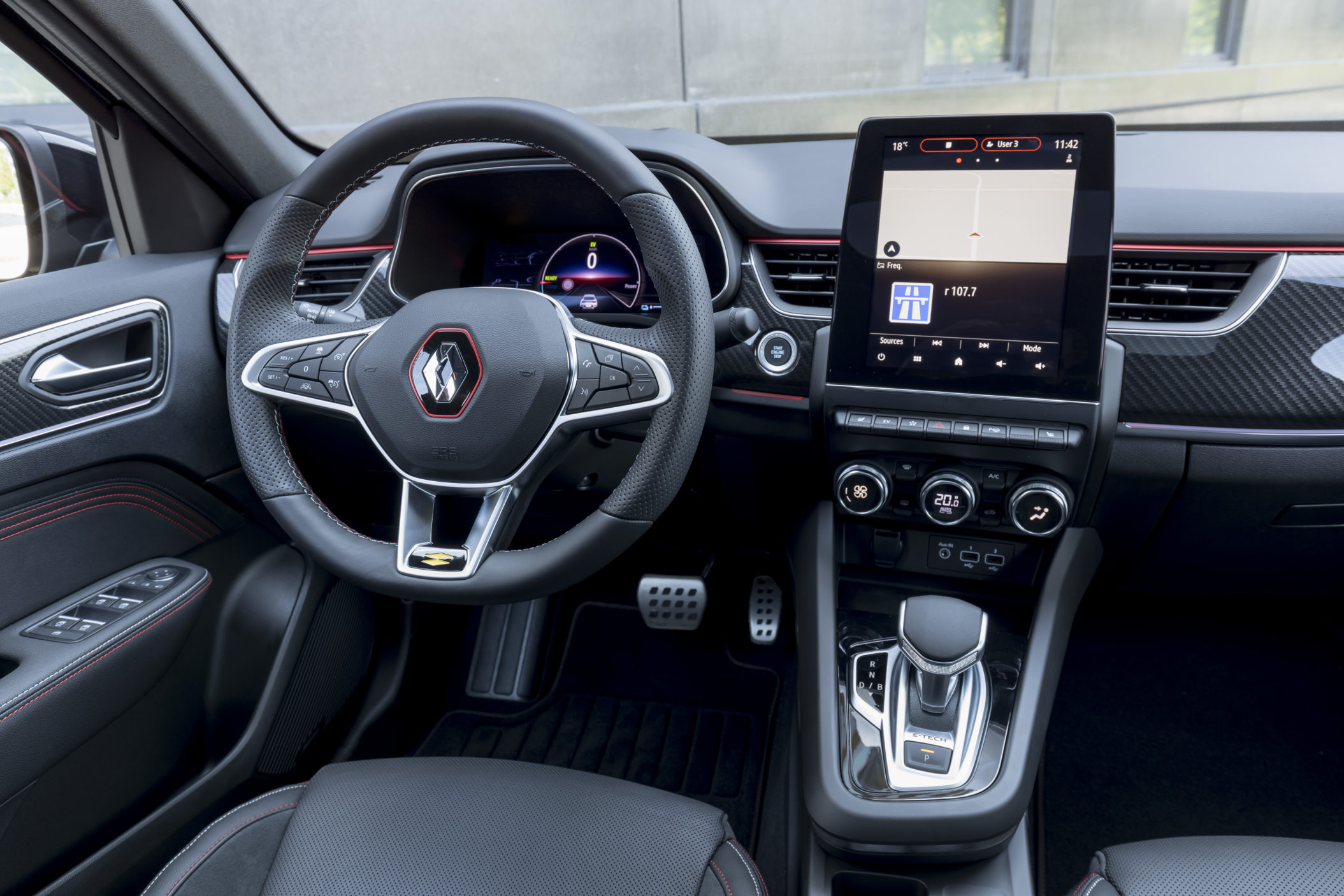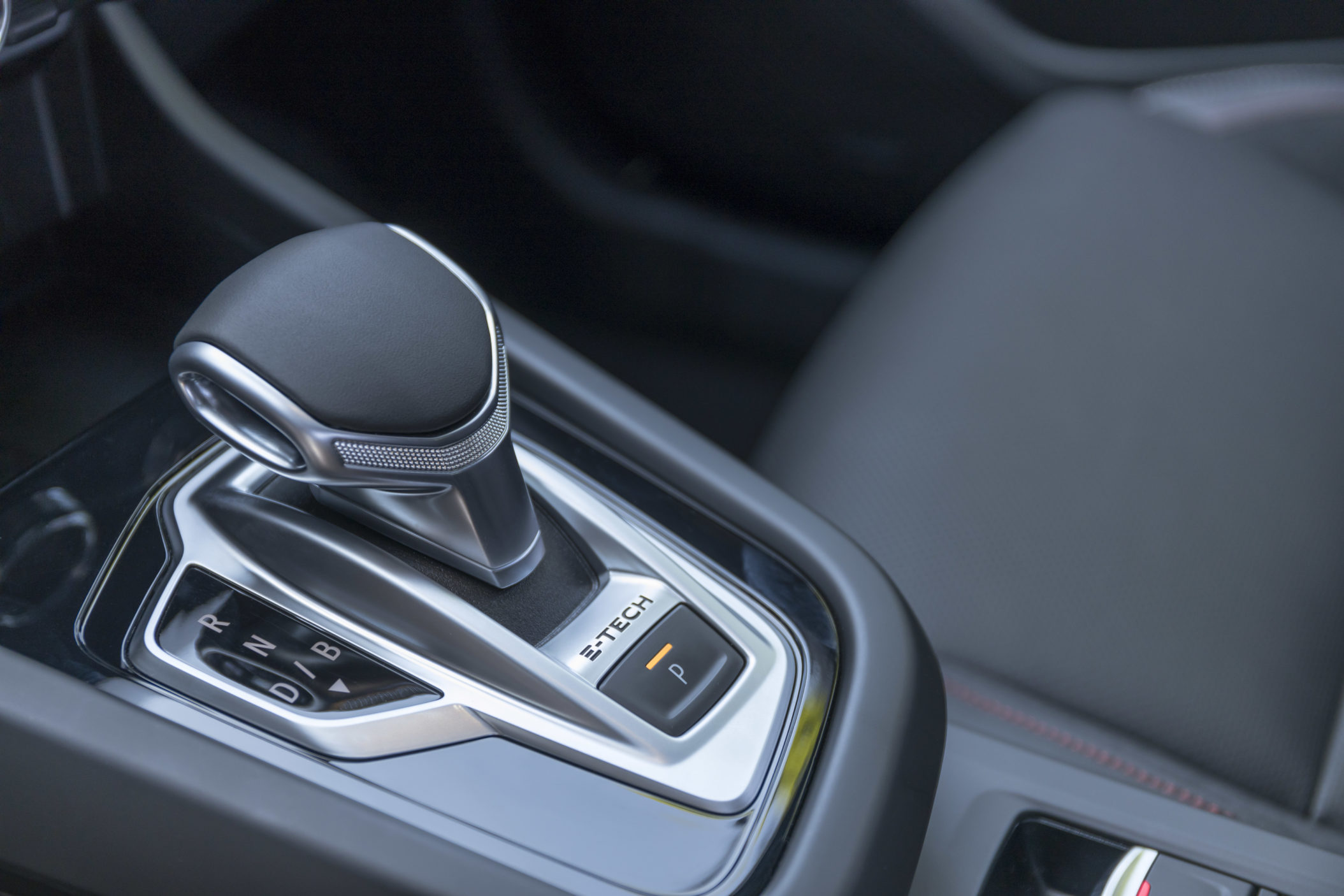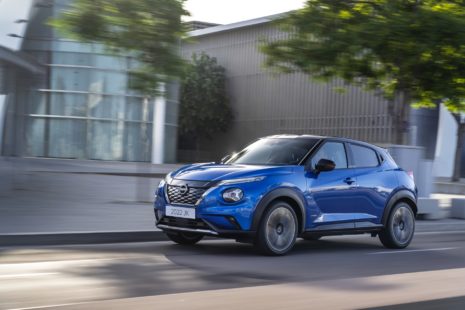Review - Renault Arkana
The mid-size coupé-SUV class is still dominated by premium manufacturers and we basically have only three models to choose from: the Audi Q5 Sportback, the Mercedes GLC Coupe and the BMW X4. Although this body type seems to sell well, there certainly are customers who are not willing to pay for a high-end brand and would prefer a more affordable version.
So, Renault is the first to try to fill this new niche. It must be said that Renault has a history of trying to create demand for its new visions in potential market segments. Just recall the Twizy from the recent past or the Avantime from the distant past. These were not very successful, but now the demand for the Arkana SUV actually exists. This would suggest a pretty decent shot at success this time. Especially since the Arkana is available in internal combustion engine, mild-hybrid, and hybrid versions, whereas the first potential competitors from Škoda and Kia will come in all-electric versions only and, so, will be much more expensive.
The Arkana will be built on Renault’s CMF-B platform, which is also used in the Clio and Captur, so technical aspects will be the same as those models. The Arkana will be assembled at a factory in Busan, South Korea. The 1.3-litre 140bhp petrol engine semi-hybrid was the first to arrive here, while an E-Tech hybrid with the same power output and a 160bhp petrol version are already available to order.
The turbocharged 1.3-liter, four-cylinder 12-volt mild-hybrid has front-wheel drive with a seven-speed dual-clutch automatic transmission. The 1.6-liter E-Tech has two electric motors and a 1.2 kWh lithium-ion battery. It uses the same clutchless automatic transmission as the F1, which Renault says is more efficient and smoother than a conventional automatic.
The fact that all models are available only with automatic transmissions usually means that the emphasis is on comfort rather than dynamics, but virtually all models in this segment are sold with automatic transmissions anyway.
The exterior styling of the Arkana is exactly as it is described: a coupe SUV. Or, more accurately, a coupe-like SUV. The sloping roofline adds a dynamic look and the wide rear wheel arches add strength and solidity. The company’s designers managed to successfully integrate these features into the styling and the effect is not bad. The sloping rear has also been enhanced by a small bonnet with a spoiler and a diffuser-like formation with two diamond-shaped muffler tips. The nose, on the other hand, is recognizable from a distance as a Renault. Apart from the LED lights, the tiny splitter in the lower part of the bumper is also noteworthy.
In the cabin, the focus is on practicality and digitality. Depending on the equipment level, touchscreens of various sizes are offered on which the driver can display the information of his or her choice. Phone integration and wireless charging are already in the arsenal of any self-respecting car manufacturer, so there is no need to mention them. You can also load updates for the infotainment system. Adaptive cruise control, active emergency braking assist, lane keeping assist and traffic sign recognition are also standard.
The seats are comfortable, with a decent amount of legroom in the back, but the edge of the centre tunnel is set at a slightly awkward angle right where the driver’s foot rests on it. On longer trips, this can be a bit distracting. On the other hand, there is plenty of practicality in the form of various storage compartments and bottle and cup holders. The sloping roofline does not significantly affect the headroom of the rear passengers.
The level of driver assistance electronics is familiar from recent Renault models. Three trim levels are available: Zen, Intens, and R.S. Line, with the latter priced at roughly five thousand euros more than the former and featuring mostly active safety systems and larger screens. The higher trim level includes virtually everything that is offered on the Arkana, such as the 360-degree camera system and Easy Pilot traffic congestion and highway assistance, while a few extras, such as a sunroof or a black lacquered roof, are offered at an additional cost. Therefore, it is expected that most Arkanas will be purchased with the R.S. Line trim level.
When it comes to handling characteristics, the Arkana delivered a pleasant surprise. You don’t have to be a fortuneteller to conclude that the car’s handling, with its high ground clearance and center of gravity, is no match for sedans. But among its peers, the Arkana performs quite well. Specialists from the Spanish publication 77km.com, which conducts independent moose tests, managed to manoeuvre the Arkana through the course at 77 km/h, which is better than many much sportier and more prestigious models. The car takes 9.8 seconds to accelerate to 100 km/h and to its credit, the car’s control deserves a lot of praise.
A glance at the specification table shows that the Renault Arkana is 4568 mm long, 1821 mm wide, 1576 mm high and has a wheelbase of 2720 mm. This last parameter makes for a comfortable ride for the rear row passengers. The trunk capacity is 513 liters. The average fuel consumption, measured according to WLTP methodology, is 5.8 liters per 100 kilometers. You might be able to get close to this figure with very economical driving, but my own experience, when two-thirds of the trips were made in the city and one-third on the freeway with a 90 km/h limit, showed a result almost two liters higher.
All this makes the Arkana quite an interesting and attractive car – it equally fits in with today’s popular SUVs and sports coupes.
Prices for the Arkana start at 23,000+ euros in Estonia, and with all the trimmings go up to almost 30,000. It is quite a lot of car for the money at those price points, particularly when compared to the premium brands.























